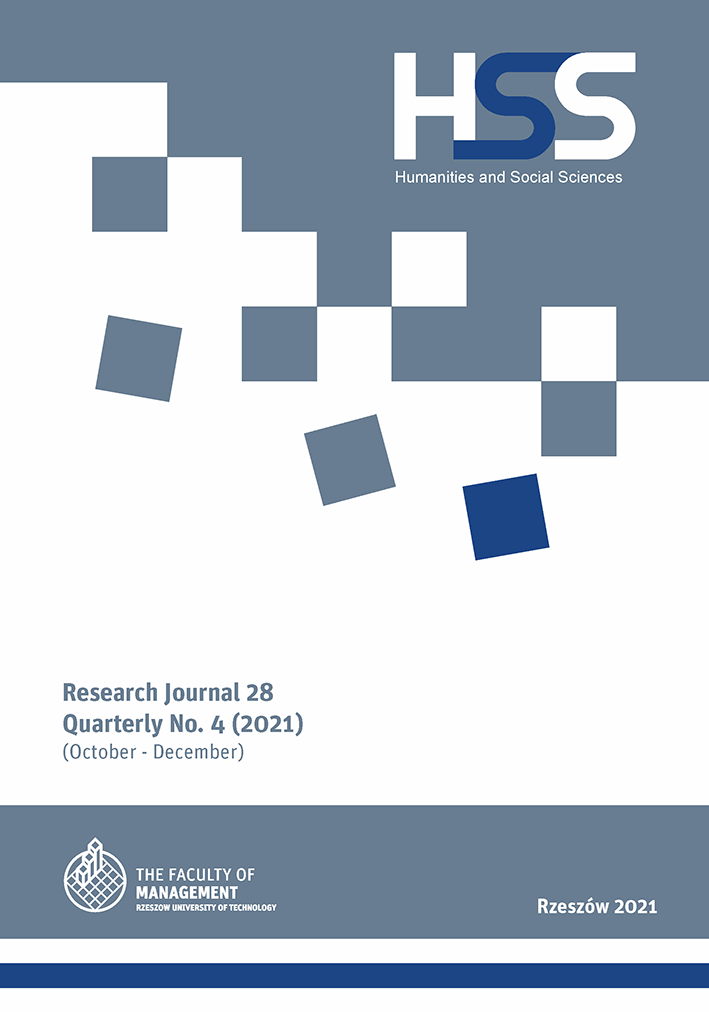Abstrakt
Republic of China is one of the most important aspects of the changing global distribution of powers. It prompts investigations into the Chinese war-making practice and the Chinese line of thought about warfare, thus facilitating the understanding of decisions made by Beijing authorities. The objective of this article is to outline the Chinese concept of unrestricted warfare – its origins, characteristics and contemporary use. The principal research issue resulting from the assumed objective was to respond to the following question: What is unrestricted warfare, and how it is currently used by the Chinese People’s Liberation Army? The following research methods were employed to solve the research queries: a monographic method, a document examination method, literature analysis and criticism, and methods of analysis and synthesis. Considering their preliminary investigations, the authors formulated the following research hypothesis: the concept of unrestricted warfare is one of the most important Chinese concepts describing its war-making practice and rivalry with the United States. Although it was developed over 20 years ago, it still forms a valid selection of war-making methods and forms. Non-military forms of warfare, including financial warfare, trade warfare, resources warfare, economic warfare or regulation warfare are particularly important and frequently used by the People’s Republic of China.
Bibliografia
Axe, D. (2021). Huge New Chinese Ships Are Made For Ramming [access: 3.03.2021]. Access on the internet: https://www.forbes.com/sites/davidaxe/2021/01/15/huge-new-chinese-ships-are-made-for-ramming/?sh=663866bc1c19
Baocun, W., Fei, L. (1995). Information Warfare [access: 8.03.2021]. Access on the internet: fas.org/irp/world/china/docs/iw_wang.htm
Chew, J. (2018). How China Applies its “Principles of Unrestricted Warfare” in the 21st Century. Galisteo Consulting Group, Inc. Technical Report.
ChinaPower (2021). What Do We Know (so far) about China’s Second Aircraft Carrier [access: 1.03.2021]. Access on the internet: chinapower.csis.org/china-aircraft-carrier-type-001a/
Department of Defense (2017). Military and Security Developments Involving the People’s Republic of China, Annual Report to Congress Office of the Secretary of Defense.
Gibson, R., Singh, J. P. (2018). China Rx: Exposing the Risk of America’s Dependence on China for Medicine Hardcover Prometheus.
Joint Chief of Staff (2013). Join Publication 1 Doctrine for the Armed Forces of the United States [access: 10.07.2021]. Access on the internet: https://www.jcs.mil/Portals/36/Documents/Doctrine/pubs/jp1_ch1.pdf
Mencel, M. (2017). Morze Południowochińskie w polityce bezpieczeństwa ChRL i USA w XXI wieku [The South China Sea in the security policy of the People’s Republic of China and the USA in the 21st century]. “Przegląd Nauk o Obronności” [A review of defence sciences], No. 2.
Minh Tri, N. (2017). China’s A2/AD Challenge in the South China Sea: Security the Air From the Ground [access: 10.02.2021]. Access on the internet: thediplomat.com/2017/05/chinas-a2ad-challenge-in-the-south-china-sea-securing-the-air-from-the-ground/
Military-Today (2021). Type 055 class Guided Missile Cruiser [access: 2.03.2021]. Access on the internet: www.military-today.com/navy/type_055_class.htm
Mizokami, K. (2018). Inside China’s Plan to Build the Second-Biggest Aircraft Carrier Fleet in the World [access: 2.03.2021]. Access on the internet: foxtrotalpha.jalopnik.com/inside-china-s-plan-to-build-the-second-biggest-aircraf-1828730033
Mlambo, D.N., Mlambo, V. M., Mubecua, M. A.(2018). The Rise of Chinese Investments in Africa: For Whose Benefit?. “Journal of Economics and Behavioral Studies”, Vol. 10, No. 4.
LaGrone, S. (2016). U.S. Destroyer Passes Near Chinese Artificial Island in South China Sea Freedom of Navigation Operation [access: 3.03.2021]. Access on the internet: news.usni.org/2016/05/10/u-s-destroyer-passes-near-chinese-artificial-island-in-south-china-sea-freedom-of-navigation-operation
Liang, Q., Xiangsui, W. (1999). Unrestricted Warfare. Beijing: PLA Literature and Arts Publishing House.
Livermore, D. (2018). China’s “Three Warfares” In Theory and Practice in the South China Sea [access: 01.03.2021]. Access on the internet: georgetownsecuritystudiesreview.org/2018/03/25/chinas-three-warfares-in-theory-and-practice-in-the-south-china-sea/
Luke, B. K. (2012). Reconginizing and Adapting to Unrestricted Warfare Practices by China. A Research Report Submitted to the Faculty. Air War College.
Office of Navel Intelligence (2020). China People’s Liberation Army Navy (Plan), Coast and Government Maritime Forces [access: 1.03.2021]. Access on the internet: https://tiny.pl/rnm1
Pamuk, H., Mohammed, A., Lun Tian, Y. (2020). U.S. rejects China’s claims in South China Sea, adding to tensions [access: 5.03.2021]. Access on the internet: www.reuters.com/article/us-usa-china-southchinasea-idUSKCN24E2OU
Stashwick, S. (2021). Third Chinese Aircraft Carrier Nears Completion Amid Shipyard Expansion [access: 2.03.2021]. Access on the internet: thediplomat.com/2021/01/third-chinese-aircraft-carrier-nears-completion-amid-shipyard-expansion/
Strojek, J. (2011). W kierunku konsensusu pekińskiego [Towards Beijing consensus?]. „Kultura i Polityka” [Culture and Politics], No. 9.
Werner, B. (2018). Destroyer USS Decatur Has Close Encounter With Chinese Warship [access: 1.03.2021]. Access on the internet: news.usni.org/2018/10/01/37006


